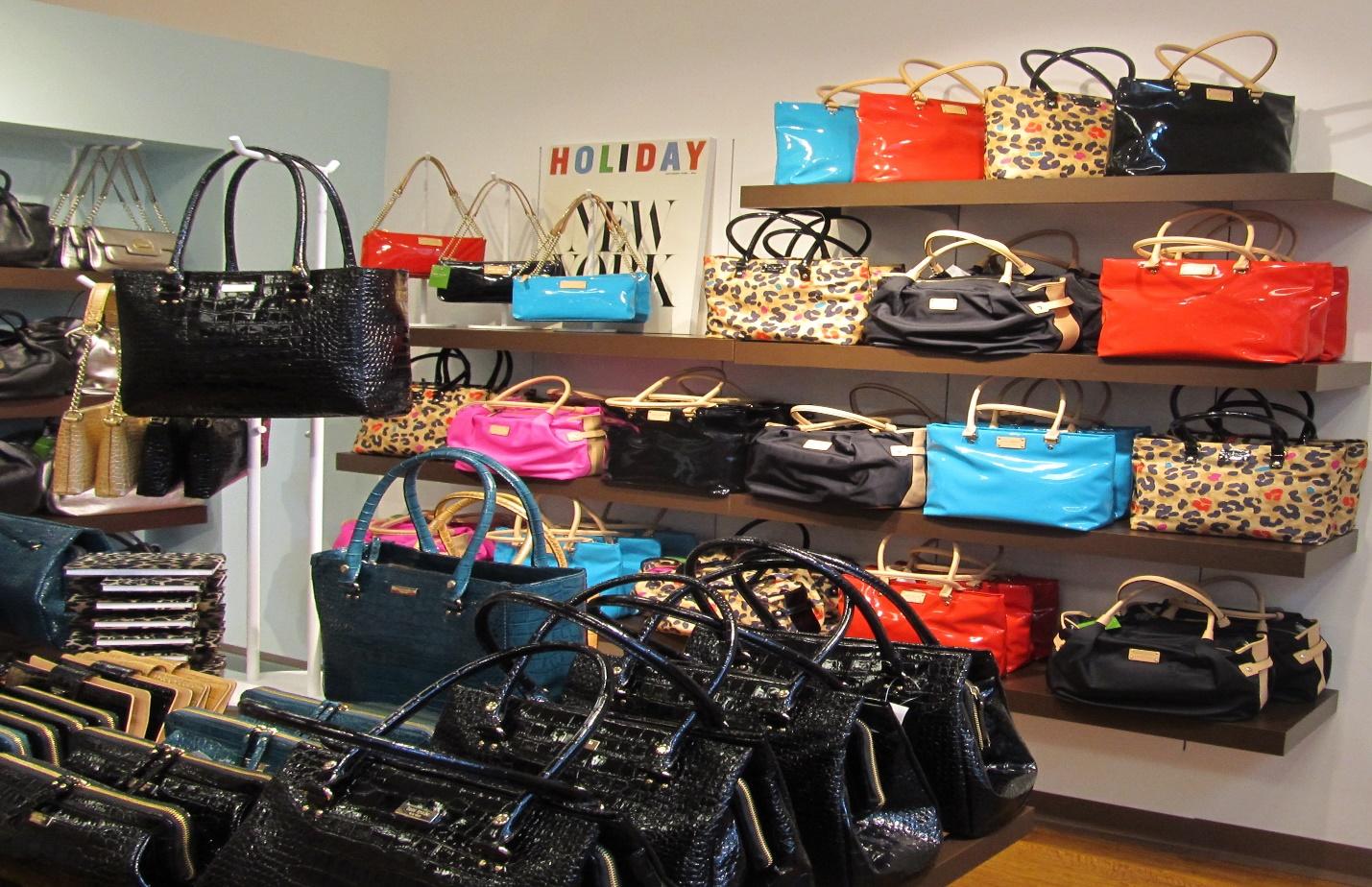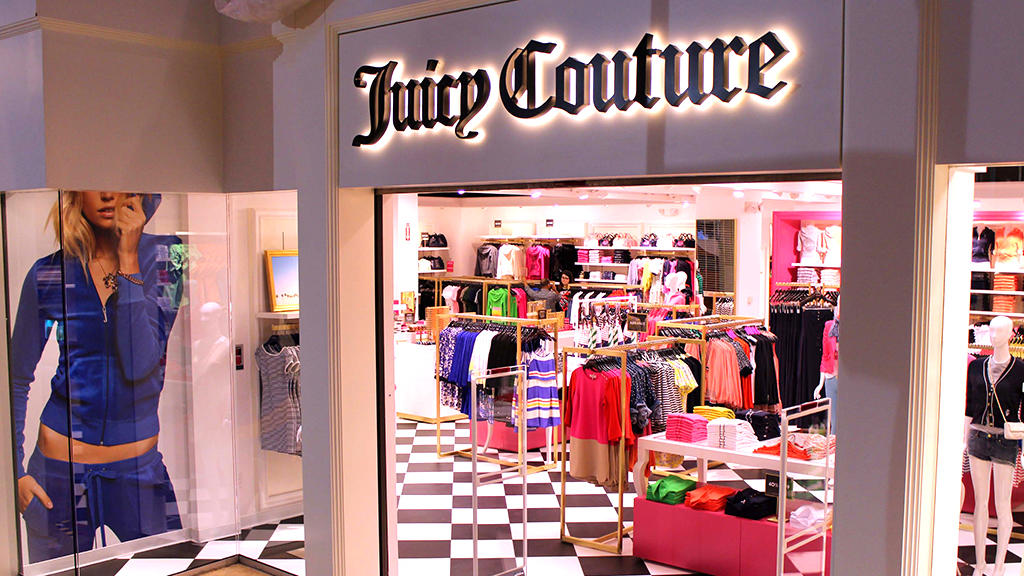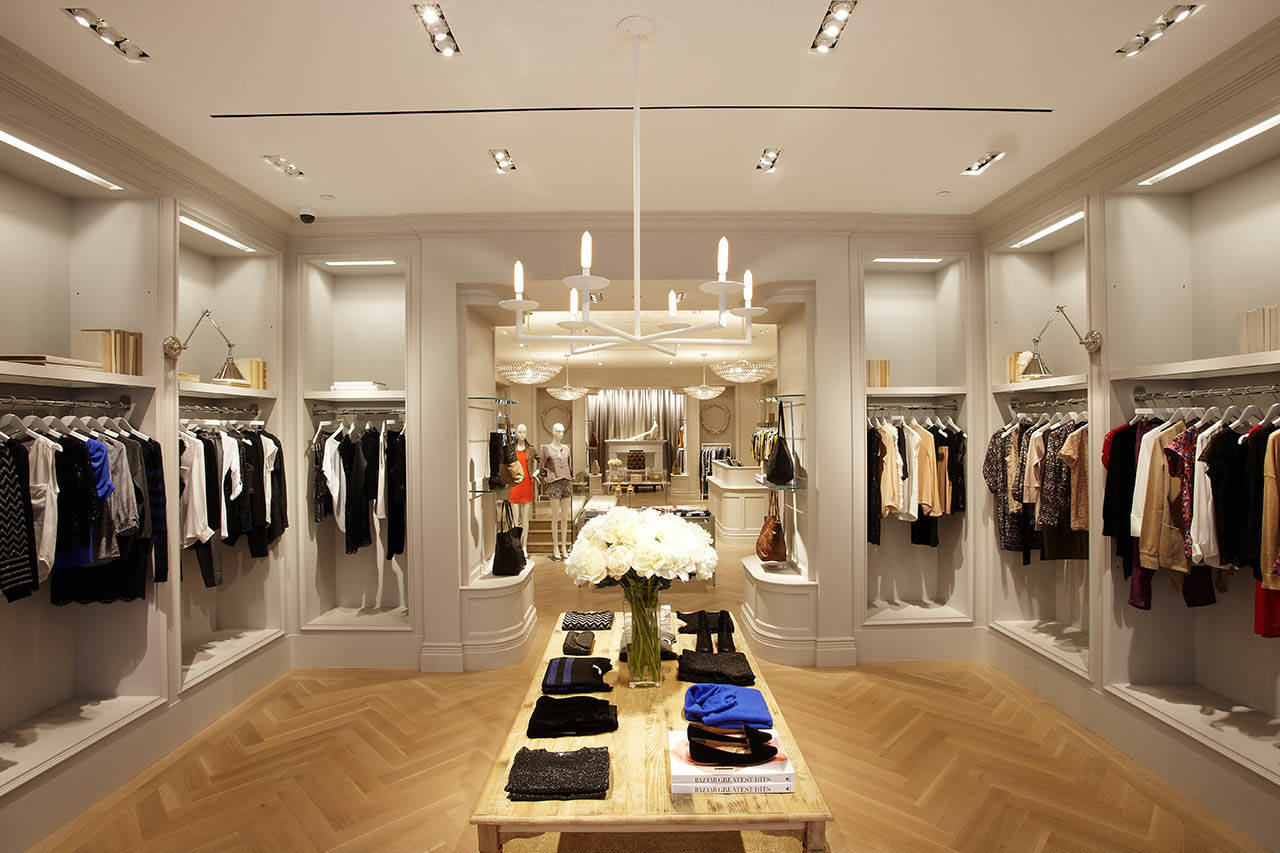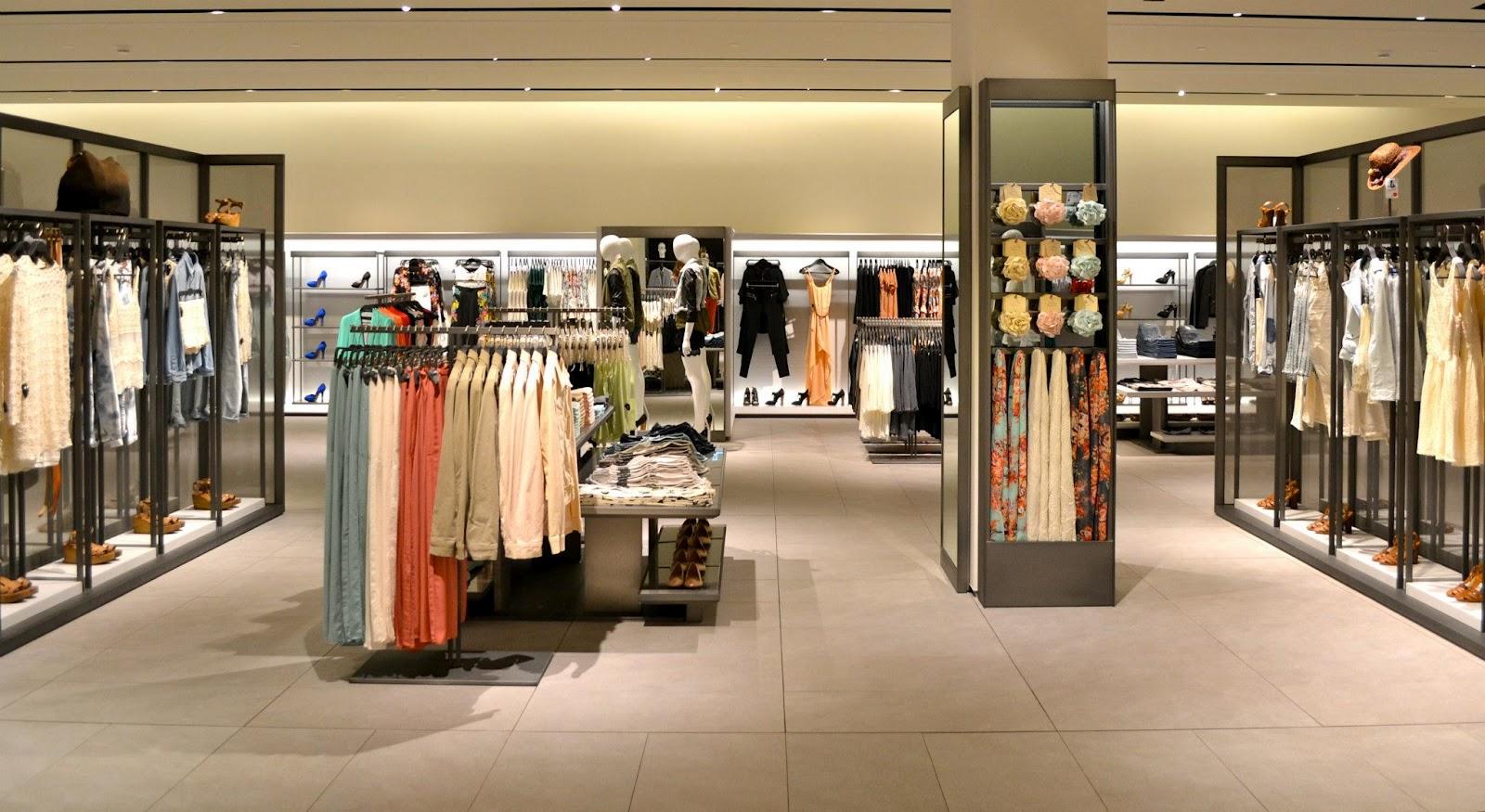Target Market
The target market for Kate Spade, Juicy Couture, Joie, and Zara comprise of fashion and trendy consumers, who like fashion designs. The companies offer clothes, accessories, and handbags that target women, children, and youth, as well as the old people in the society. For instance, Kate Spade focuses on products that range from clothing to accessories, while Joie aims to deliver products that are casual, comfortable, and luxurious. Moreover, Juicy Couture offers casual wear and targets the market that comprise of individuals, who live in the United States. The focus of Zara is mainly on the Spanish market (“Zara: Company” par 1). From the target consumers, it is clear that Kate Spade, Juicy Couture, and Joie demonstrate intratype competition, whereas Zara displays an intertype competition.
Visual Presentation
In the visual presentation, marked differences exist between intratype and intertype competitors. In the aspect of style, the intratype competition exhibited by Kate Spade, Juicy Couture, and Joie have some subtle differences. While Kate Spade arranges its products in a crowded style, Juicy Counter displays its products in windows with some spaces for the passage of customers. Comparatively, Joie displays its products on the walls of their stores in a well-arranged style, while other products are placed on tables in the middle of its stores (“Joie: Collections” par. 3).
Moreover, visual presentation varies according to the intertype competition in terms of style. Comparative analysis shows that the style exhibited by Kate Spade, Juicy Couture, and Joie is a close arrangement of products with minimal spacing in stores, while Zara displays products with extensive spacing. Hence, the arrangement styles vary from one fashion company to another depending on their style of visual presentation.
Regarding color, different fashion companies have products of different colors and use lights to enhance their visual presentation. Intratype competitors such as Kate Spade, Juicy Couture, and Joie use colors and light judiciously to enhance their visual presentation. Kate Spade and Juicy Couture have products with bright colors and use bright light to enhance their appeal to customers. Likewise, Joie has products with dull colors and uses dull lights in creating an appealing presentation in their stores.
In the intertype competition, while Kate Spade, Juicy Couture, and Joie use bright or dull colors, Zara mixes both bright and dull colors, as well as bright and dull lights in enhancing presentation of products. Regarding the aspect of size, there are no marked differences in sizes of products that intratype and intertype competitors display in their stores. What is evident is that the intratype and intertype competitors arrange their products according to sizes and display them in strategic locations, where customers can easily view and purchase.




Customer Service
Presently, organizations that do not meet the standards expected by customers experience a quick decline in their sales and exit the market easily, as opposed to those that comply with these standards. It is imperative to understand that fashion stores like Kate Spade, Juicy Couture, Joie, and Zara target clients, who are fashion-oriented (“Juicy Couture: About Us” par. 3). As a result, the organizations provide services that match the ever-changing demands of customers.
The organizations use media like the Internet, telephone, and direct correspondence to get ideas from clients in the target markets and convert them into the products that buyers desire and expect in the market. Contrastingly, the organizations use diversity when advertising their products so that they can outsmart their competitors. Some of the factors that organizations employ in creation of diversity in the marketing environment include relationship marketing, public relations, and customer care. Creation of customer care desks, provision of report areas in the Internet, and the use of social sites like Facebook, Twitter, and YouTube provides a platform that enhances customers care and increases the appeal of the subject organizations. Essentially, the differences that exist among the fashion stores depend on the quality of services that they offer to consumers.
Main Merchandise Depts/Areas and Unique Product Offerings
The similarity that the organizations display in terms of products and merchandise include shape, color, and design. Products like clothes, accessories, and handbags that the organizations offer in the market portray the similarities in their colors, designs, and shapes since they target similar markets and consumer segments. Evidently, customer segments that the organization targets comprise of individuals, who have similar likes and preferences.
As a result, organizations have to comply with these behavioral aspects and convert likes and preferences into products. Conversion of these preferences and likes makes the organization deliver products that demonstrate similarities in color, shape, and design. The contrast that exists among organizations like Kate Spade, Juicy Couture, and Joie Retailers is on the differences in colors, shapes, and designs of individual products, whereas the products that Zara Retailers offer focus on color, shapes and designs that people living in Spain love and admire (“Zara: Company” par. 1). Since the organizations supply similar products to the market, their differences emanate from the uniqueness of shapes, designs, and colors of products.
Price range of main merchandise classifications
The organizations offer products at prices that are within the reach of the target consumers. Fundamentally, the importance of ensuring that the products are within the reach of potential clients is essential because luxury and fashion related products display a wide price and elasticity of demand. Therefore, changes in the prices of products lead to a tremendous change in their demand. Since the tremendous changes in demand emanate from changes in prices, it implies that the prices of these products should be within a range that clients can afford to purchase comfortably without straining their budgets. A close observation of the prices of handbags offered by organizations such as Kate Spade, Joie, and Juicy Couture reflect a close range. For example, the price of handbags from Joie Retailers ranges between $200.00 and $400.00 (“Joie: Collections” par. 5).
Remarkably, the differences in the prices of products in various organizations lie in the quality and design. Moreover, the differences are dependent on pricing strategy since some organizations reduce the prices of their products to a level that is slightly lower than that of their competitors. A small reduction in the price of products leads to a significant increase in their demand because the consumption of luxury products shows higher price and elasticity of demand.
Best Selling Items
Best selling items of the organizations include handbags, accessories, and women’s wear. Since the demand for products is ever changing, women and individuals using accessories and handbags are likely to purchase the products frequently. For instance, some of the best selling products of Juicy Couture are perfumes, while Zara enjoys high sale of handbags and accessories. Those of Kate Shade comprise of wallets, handbags, and purses (“Kate Spade: Company” par. 8).
The best selling items for Joie are women’s clothing and accessories. As a result, Joie receives increased returns from the sale of handbags and accessories because of their frequent and regular sales. Notably, the diversity in the organizations is evident from the price, shape, and design of their products. Each organization develops and sells its products in a unique manner, a factor that increases or reduces the level of demand for the product subject to the prevailing demands of the potential clients.
Works Cited
Joie: Collections 2014. Web.
Juicy Couture: About Us 2014. Web.
Kate Spade: Company 2014. Web.
Zara: Company 2014. Web.